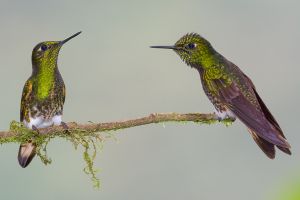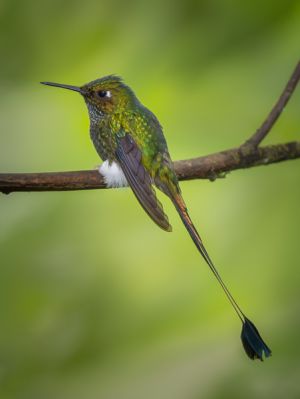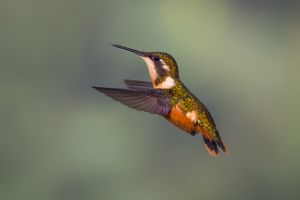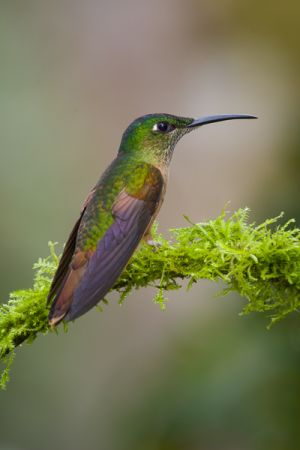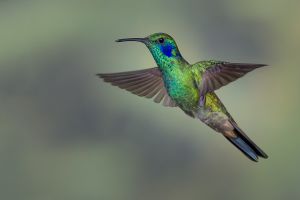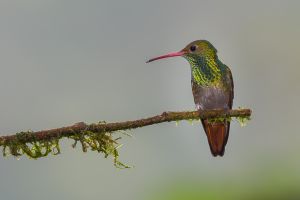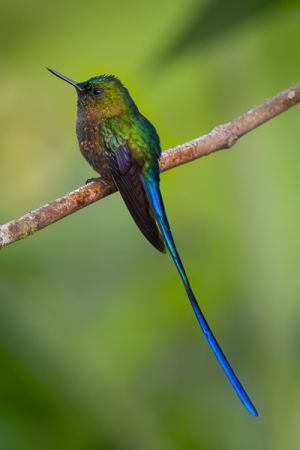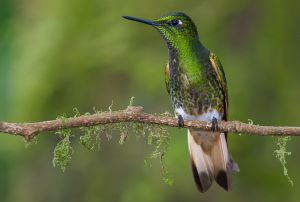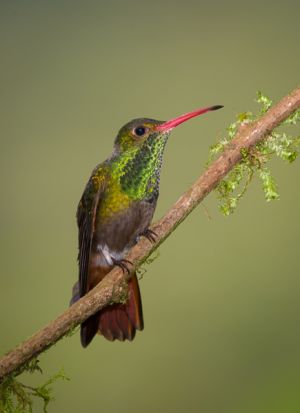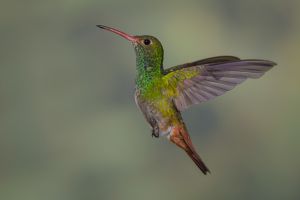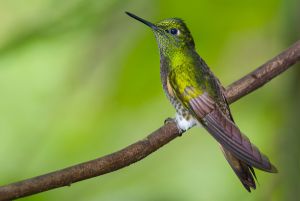Even use the interval timer feature on your Nikon? Easy to set with normal shutter speeds, but at speeds between 15 and 30 seconds things don’t work as expected. Part of the problem lies in Nikon’s definition of the “interval” between shots. One might expect this to be the time between one frame and the next, the shortest option being one second. If you wanted to shoot several 30 second frames, at one second apart, the most logical sequence would be 30 seconds exposure, one second interval, 30 seconds exposure, one second interval, etc. Nope, it doesn’t work that way. In Nikon-speak the “interval” is the time from the start of one frame until the start of the next, so you need to add that one second to the sequence. 30 seconds exposure, 31 seconds interval, 30 seconds exposure, 31 seconds interval, etc. Try this, and to your surprise this timer thing still won’t work right.
The problem here is that while the marked shutter speed might say 30 seconds, it’s really slightly longer at 32 seconds. How come? Well, shutter speeds on a camera are in stop increments, doubles and halves (the definition of a full “stop,” twice as much or half as much). But ever notice that the numbers don’t work out that way? 1 second, ½ second, ¼ second, 1/8, 1/15, 1/30…hey, that really should be 1/16 sec., 1/32 sec., 1/64 second, etc. OK, no big deal going that direction. But go the other way and count off seconds. 1 sec, 2, 4, 8, 16, 32…even though the camera says 15 and 30. Set your camera at 15 seconds, and the minimum “interval” is 17 seconds (16 + 1). At 30 seconds the minimum “interval” is 33 seconds (32 + 1).
To be honest I rarely use the interval timer. When I want a sequence of long exposures I normally use a Nikon MC-36, a timer cable release, which allows me to set shutter speeds over 30 seconds along with the number of frames to be taken, with the camera on “bulb.” Just remember that the needed “interval” is in Nikon-speak.

